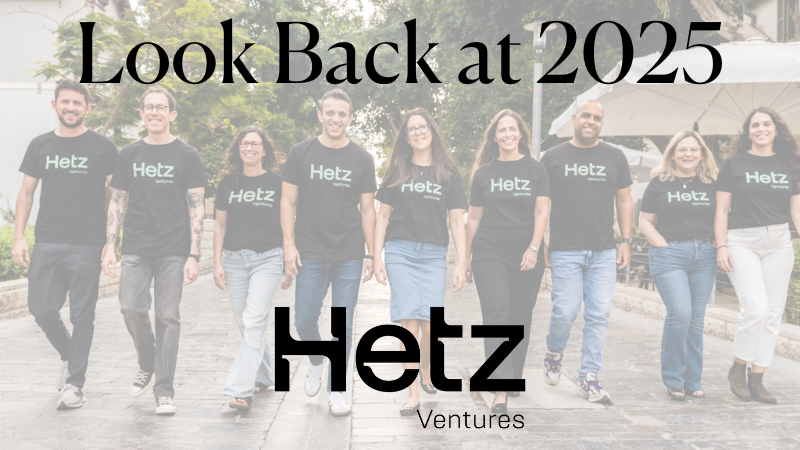[retrain.ai] Flow Theory And Talent Development: Are You Keeping Your Employees In The Zone?
In today's rapidly evolving business landscape, employers are facing a talent shortage, while skilled candidates have more opportunities to choose from. To retain employees, it is crucial to understand their needs and provide elements that contribute to their professional satisfaction. In addition to recognition, purpose, and career-path visibility, offering opportunities for growth through challenges is essential.
Flow theory, developed by Mihaly Csikszentmihalyi, describes the positive mental state of being completely absorbed and focused on an activity for its own sake. It's when individuals experience a state of "flow," where time flies, and they are fully immersed and using their skills to the utmost. Creating an environment where employees can experience flow regularly, similar to elite athletes or top musicians, is highly beneficial.
To achieve this, HR innovators should focus on continuously developing employees' skills through formal training and on-the-job learning. This not only boosts employee engagement but is also crucial for business success. The number of skills required for a single job is increasing year over year, and many skills become irrelevant after just a few years. Therefore, skills development should be relevant, fast, effective, and continuous.
Talent development and upskilling should no longer follow a traditional linear career path. Skilled workers today are more interested in pursuing their own career paths based on their professional and personal priorities. Employees seek development opportunities that prepare them for future roles, and HR executives face increased pressure to provide such opportunities. Traditional corporate learning marketplaces may not be sufficient, as employees may be unsure about the training that best fits their goals.
To keep ambitious employees in a state of flow, HR leaders must be proactive. This involves maintaining a clear job architecture and tracking organizational and individual skills to identify best-fit options for development. Internal mobility, succession planning, and gig opportunities can be part of an end-to-end upskilling experience that provides a career roadmap for employees.
In the final installment of this series, the role of data in identifying existing skills and needed competencies within a workforce will be explored. The power of AI in structuring data into actionable insights will also be discussed, highlighting how data-driven approaches can support effective talent development strategies.
Read more in Forbes

.jpg)
